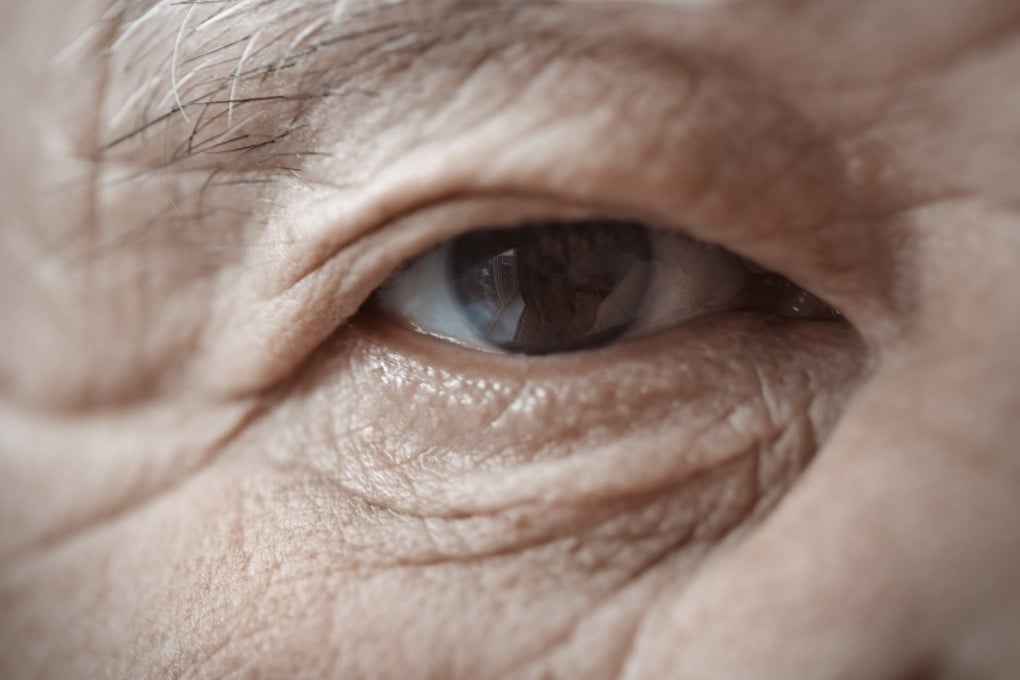China-led study finds way to reverse a loss of eyesight
- Breakthrough research suggests multiple injections in the eye could be reduced to a single, more effective shot
- Study was led by Tian Ying, an ophthalmologist at the Beijing Chaoyang Hospital, with key input from an Australian immunologist

About 450 million people worldwide are affected by loss of vision due to age or chronic disease. It was once regarded as a natural process, but in recent years scientists have found most of the blindness is caused by an excessive growth of new blood vessels at the back of the eye.
Exactly why an ageing eye rapidly grows blood veins remains unclear, but stopping the process could help restore light to many elderly or diabetic patients.
The growth of young blood vessels relies heavily on a protein known as vascular endothelial growth factor (VEGF). Some pharmaceutical companies have developed antibodies that can be injected into the eye and bind with the VEGF protein.
However, the therapy is effective for only 40-60 per cent of patients and repeated shots are often required, leading to a higher risk of eye damage and prolonged suffering.
Around the world, medical researchers are racing to develop better treatments for these eye problems that can confront almost anyone at some time in their lives.
“Our new approach aims to reduce the treatment to just one injection. Its efficiency is much higher than existing drug delivery methods,” said Tian Ying, an ophthalmologist at the Beijing Chaoyang Hospital and lead author of the study, which was published in the journal Nature Biomedical Engineering.